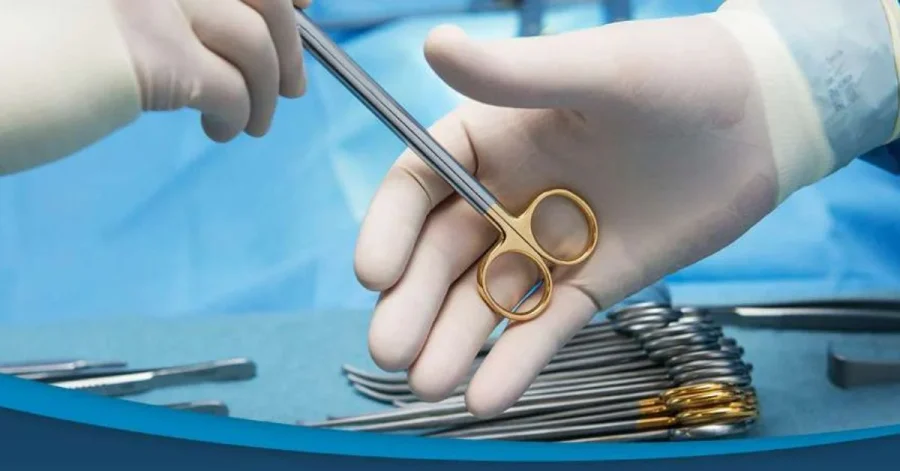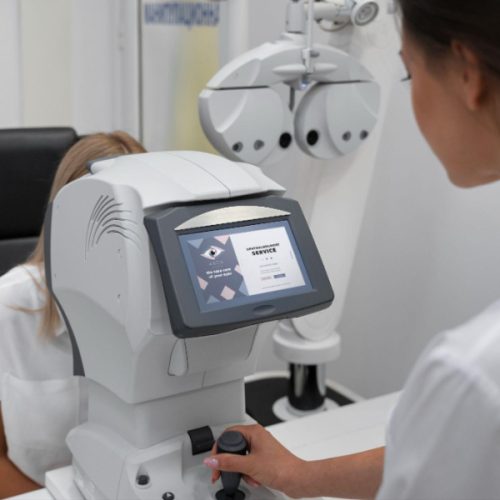In healthcare, precision and safety are vital. Surgeons depend on well-designed instruments to carry out delicate procedures. Every tool, from a scalpel to a retractor, plays a role in protecting patients and ensuring positive recovery.
The Link between Instruments and Safety
Surgical instruments are more than tools. They are extensions of a surgeon’s skill. A sharp scalpel makes cleaner incisions, reducing tissue damage and speeding recovery. Properly aligned forceps hold tissue securely without slipping, lowering the risk of accidental injury. Even small instruments, such as scissors, can affect outcomes if they fail to perform as expected. Whether instruments are purchased through traditional suppliers or when hospitals decide to buy surgical instruments online, their real value lies in enhancing patient safety and promoting better health outcomes
High-quality instruments ensure precision and consistency. Poorly made or damaged tools increase the chance of surgical errors, infections, and complications. This is why the condition of instruments is as important as the expertise of the surgical team.
Infection Control and Sterility
One of the biggest threats during surgery is infection. Instruments that are not properly sterilized can introduce harmful bacteria into the body. Sterile tools reduce this risk and protect patients during invasive procedures.
Reusable instruments require strict cleaning and sterilization protocols. Hospitals invest in autoclaves, chemical disinfectants, and trained staff to ensure instruments are safe for reuse. Disposable instruments, used once and then discarded, further reduce cross-contamination risks. Both methods, when followed correctly, safeguard patients from post-surgical infections.
Precision in Complex Procedures
Complex surgeries demand instruments that work flawlessly. In neurosurgery, for example, a minor slip can affect critical nerves. In cardiovascular procedures, precision instruments help surgeons repair or replace delicate blood vessels.
The reliability of instruments in these situations directly impacts patient safety. A malfunctioning instrument could prolong surgery, increase blood loss, or even lead to life-threatening errors. Consistently well-maintained tools support smoother procedures and better results.
Supporting Faster Recovery
Patients recover faster when surgical instruments help minimize trauma. Clean incisions heal quickly and reduce scarring. Instruments designed with ergonomic handles allow surgeons to operate more efficiently, shortening surgery times and lowering risks from anesthesia.
By improving efficiency, surgical instruments indirectly reduce hospital stays and speed up recovery. This not only benefits patients but also reduces healthcare costs and frees up hospital resources for others in need.
The Role of Innovation
Advancements in surgical instruments continue to transform patient care. Modern designs include minimally invasive tools that allow smaller cuts, reducing pain and recovery time. Laparoscopic instruments, for instance, make it possible to operate with tiny incisions, lowering infection risks and scarring.
Robotic-assisted surgical instruments are another innovation improving precision. These tools provide surgeons with enhanced control, reducing the margin of error and improving safety in high-stakes surgeries.
Maintenance and Monitoring
Even the best surgical instruments lose effectiveness if not properly maintained. Blunt blades, loose hinges, or rust can compromise safety. Regular inspection and repair prevent damaged instruments from reaching the operating room.
Hospitals often have protocols for instrument monitoring. Staff check cutting edges, alignment, and overall functionality before every procedure. By ensuring instruments are in top condition, hospitals reduce risks and safeguard patients.
Training and Proper Use
Instruments can only improve safety when used correctly. Surgeons and medical staff must be trained not only in surgical techniques but also in instrument handling. Using the wrong instrument for a task can damage tissue or slow the procedure.
For example, delicate instruments designed for eye surgery are not suitable for orthopedic operations. Proper training ensures that instruments are matched to their intended use, protecting patients from unnecessary harm.
Balancing Cost and Quality
Hospitals often face budget constraints. While cheaper instruments may seem appealing, they often compromise safety. High-quality instruments may cost more upfront but save money in the long run by reducing complications, re-operations, and equipment replacement.
Balancing cost and quality is crucial. Patients’ health outcomes should always outweigh financial shortcuts. Institutions that prioritize durable, precise instruments ultimately provide better care and safety.
Final Thoughts
Surgical instruments are not just accessories in an operating room. They are critical to patient safety and recovery. From ensuring sterile conditions to enabling precise cuts, these tools play a central role in every procedure. Innovations in design and technology further improve outcomes, making surgeries safer and recovery faster.
Whether hospitals acquire instruments through local distributors or decide to buy surgical instruments online, their responsibility goes beyond procurement. Proper maintenance, training, and careful selection ensure that instruments remain reliable partners in patient care.
By recognizing the vital role of surgical instruments, healthcare providers can enhance safety, reduce risks, and improve health outcomes for patients worldwide.



